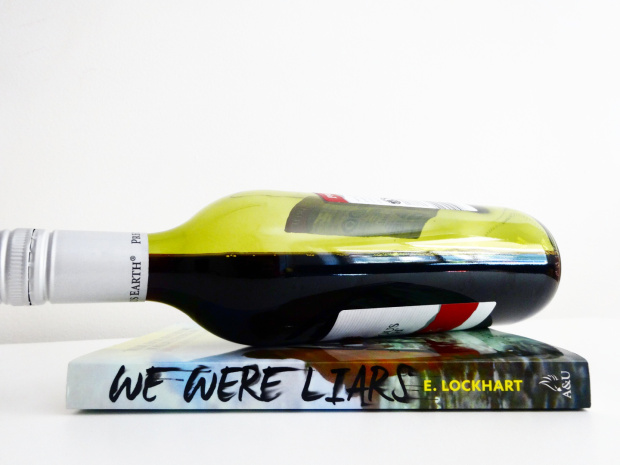Disclaimer: I am not perfect and neither are my notes. If you notice anything that requires clarification or correction, please email me at melanie (dot) marttila (at) gmail (dot) com and I will fix things post-hasty.

Panellists: John DeLaughter, Elizabeth Moon, Laurel Anne Hill (moderator), Gregory Benford, Patricia MacEwen
Joined in progress …
LAH: Haw can we reduce carbon dioxide, or eliminate excess carbon dioxide?
JD: Increase conservation.
LAH: It’s difficult to motivate large numbers of people to conserve, though.
PM: Hit people in the wallet.
EM: Stop killing plants to put in asphalt. Plants eliminate carbon dioxide.
JD: Green roofs.
EM: Green roofs are a good idea, but existing structures can’t support the extra weight or handle the water. Support the creation of parks, green space, city gardens as part of urban planning.
GB: The US is the only country in which tree populations have risen. It’s also the only industrialized country that’s reduced carbon dioxide emissions.
JD: Going for a clean energy solution means more nuclear power.
LAH: What about ocean iron fertilization?
JD: Life growth is based on the amount of the rarest nutrient in the ocean. That’s iron. So far, things haven’t worked out as well as they’ve hoped.
PM: California has lost an entire youth class of sea lions for three years running. It’s happening all over. Stop over-fishing. Lower polution.
LAH: There’s a great book, Stung, about the unprecedented increase in the numbers of jellyfish. They could be a vehicle for carbon capture and storage.
GB: Thirteen years ago there was a study done on farming waste and disposing of it underwater. There’s a place, 3.2 kilometres down just off Monterey Bay. CO2 is trapped in particles. Crabs eat them and it gets bound in their shells.
JD: In Louisiana, they burn their excess silage. They have ash fall. They call it “Cajun snow.”
GB: There is no will to do the necessary research.
JD: It’s going to take a long time for global warming to become serious enough for people to care.
LAH: Are efforts to reflect sunlight back into space effective?
GB: DARPA has a project. They want to pump sulphuric oxide into the atmosphere over the arctic. It will screen out enough of the sun to slow the melting of the polar ice cap. There is no will to proceed.
PM: There are 50 to 100 mile wide gaps in the ice in the arctic. We’re heading for a crisis.
JD: NASA is involving student observers in their S Cool project.
GB: They could also look into reflective paving materials and roofing mats.
PM: 95% of our living reefs are disintegrating.
And that was time.
Next weekend, I’ll be sharing the notes from my final WorldCon 2016 panel: The state of feminist fantasy.
Until then, be well, be kind, and stay strong, my friends





